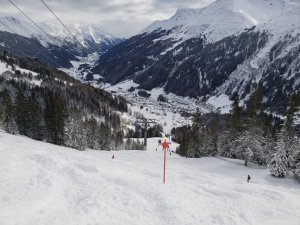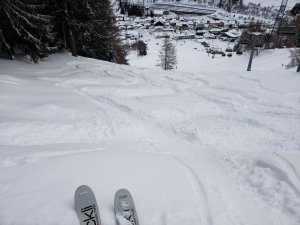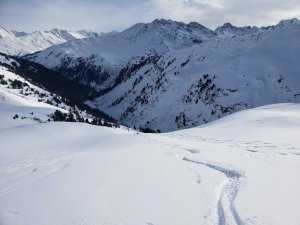Good thread. I have made multiple ski trips to the Arlberg and also skied Ischgl, Schladming, Hauser Kaibling, Rohrmoos, Bad Gastein, and Sölden. I have visited many other resorts in warmer months, including Zell-am-see/Kaprun, Maria Alm, Semmering, Süd Tyrol (now part of Italy) and many more. I have made at least 20 trips to Austria, usually flying from Washington to Vienna. Vienna is like a second home and I have travelled to every corner of the country. I have also skied Crystal Mountain in the PNW—great mountain with some gnarly double black terrain that is above my ability level.
Most issues about skiing in Austria have been well-covered but I want to emphasize a couple of points:
1. In most places (especially the Arlberg), it is highly advisable to hire a guide for off piste skiing. You can’t do the famous Valluga run without one. Hidden cliffs, rocks, gullies, and severe avalanche danger is par for the course on many off piste ski runs in the Arlberg. If a private guide is too costly, consider going with a guided group. For challenging inbounds, I recommend the ski routes off of Galzig and Schindler. Madloch is fun and interesting but not too challenging. Rüfikopf has an interesting route leading to Lech. For some steepish blacks, check out Warth.
2. There’s more to the Austrian experience than skiing. Mountain restaurants, après ski, unique hotels, and charming village to village skiing complete the experience and add gemütlichkeit to the trip. We have nothing like this in N. America as a total package—pieces yes but in totality at a single area, no. Long lunches on the mountain are the thing. Be sure to try it.
3. Air tickets can be very cheap last minute to Europe in the winter. I am usually able to fly Washington to Zurich RT for around $1,000, booking flights 1-2 weeks before departure. Hotels can also be cheap if booked last minute through the Arlberg tourist offices at whatever base you choose. Last minute, one can also book less than 7 night trips, making a multi resort trip more doable.
4. Crowds can really suck. Avoid February at all costs. Crowded slopes can be the most challenging aspect of inbounds Arlberg. Downloading from Galzig at the end of the day at St. Anon might be advisable under certain conditions.
5. Finally, save some time for Vienna. Winter is a great time to go. It’s devoid of tourists. The city will be yours whatever your interests may be and if you want to abandon your group and get more turns, Semmering is not far by train—a lovely mountain but fairly tame. If there’s good snow, Jasna is neighboring Slovakia has some good off-piste off the southern side of the mountain (chopok juh). It’s a four hour drive from Vienna on a good highway. No guides are needed at Jasna but ask a local to show you how to access the Juh slopes. Also, Jasna can be absurdly crowded so go midweek during an offpeak period.





